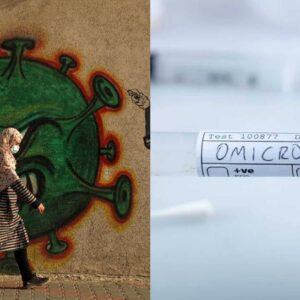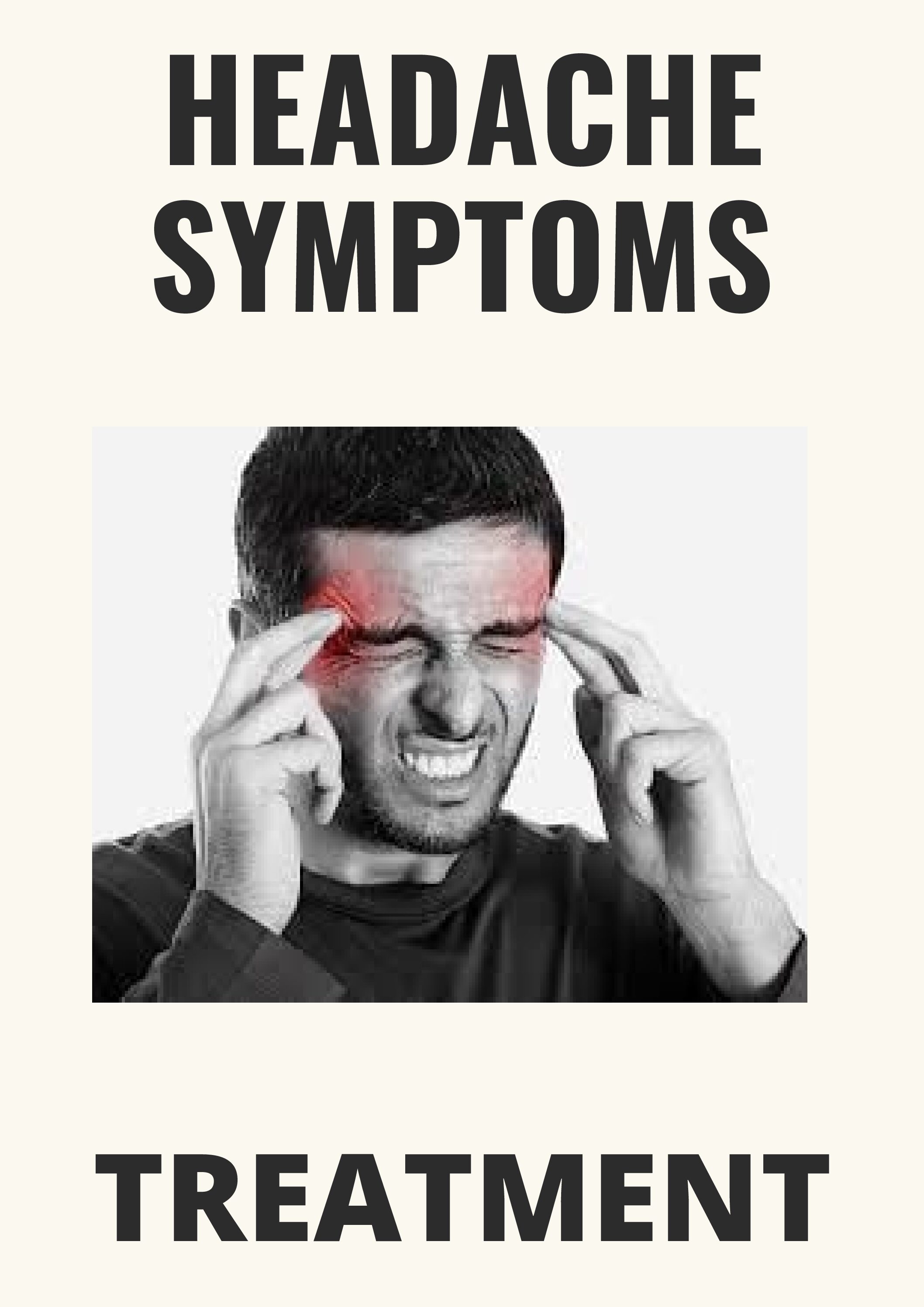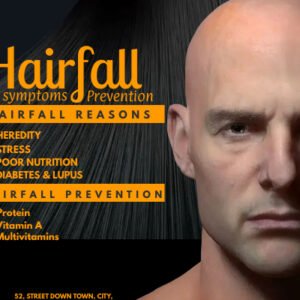Karate, the mastery in art of self defence (Empty hands).
Usually karateka’s (one who practice karate) wore white plane dress while practicing, which signifies simplicity and pureness in mind and heart and respect their art with honesty and would have possess an ability to maintain peacefulness in his/her society.
What is karate ?
Karate is a self defence technique which was introduced firstly in an island annexed by Japan named Ryukyu kingdom.
Karate meaning (empty hand), the art was firstly done for practice accuracy and make the body internally strong.
To transform human body strong as metals through long hours of practice with dedications.
Karate includes three main parts:
- Kihon (basics): the main heart of karate training is to gain a mastery of the basics. The basics are all the techniques, punches, kicks and defences in excellent and accurate manner with good amount of force.
- It takes years of hard training and patience to get used to these basics of karate in a proper way.
- It is saying that no one become perfect 100% in these basics throughout his/her life. Because there is no end of learning in karate.
- Improvement in basics, one can able to feel confident about himself and become a good karateka in his life.
- Kata (combination of basics): the most popular and attractive form of karate is “kata”.
- It is the combination of basics technique in a structured way to form an art includes defence and attack in simultaneous order.
- Kata is done in order to face the opponents present in all directions.
- There are hundreds of kata in karate which varies in different forms and dojo’s (training area).
- Kumite (practical of basics or fights): Kumite is the final disposure in karate in which karateka’s (usually two) practice the continuous defence and attack techniques between them wearing some guard on their body.
Kumite is very crucial phage in karate training, it shows your focus, intelligence, practice and all level of basics.
- It is continuous hitting the opponent and defending ourself in proper techniques of karate.
- It is the measure of your control and mental capacity.
- It also measures your stamina and will power.
- A good martial artist would be able to perform kumite in such a way that it less hurt his body as well as others.
- It is the art of mind to learn, not to take the revenge for attack.
Basic terminologies in karate:
- Sensei (the respected teacher and trainer).
- Dojo (training area).
- Gi (dress of karateka’s).
- Sempai (Seniors)
- Kohai (Juniors).
- One-gais-mus (please teach me).
- Arigato Gozaimashita (thank you for teaching).
- Tsuki-waza (practicing all kind of puches).
- Geri-waza (practicing all kicks).
- Uke-waza (practicing all defence skills).
- Hijate (elbow or knee strikes).
- Moksho (meditation or prayer, before and after training).
- Rei (bow in respect).
- Countings (ichi-one, ni-two, san-three, shi-four, go-five, ruke-six, sichi-seven, hachi-eight, kyu-nine and zu-ten).
From 2020 Olympics, which karate is included first time as sports in the history of Olympics ever.









